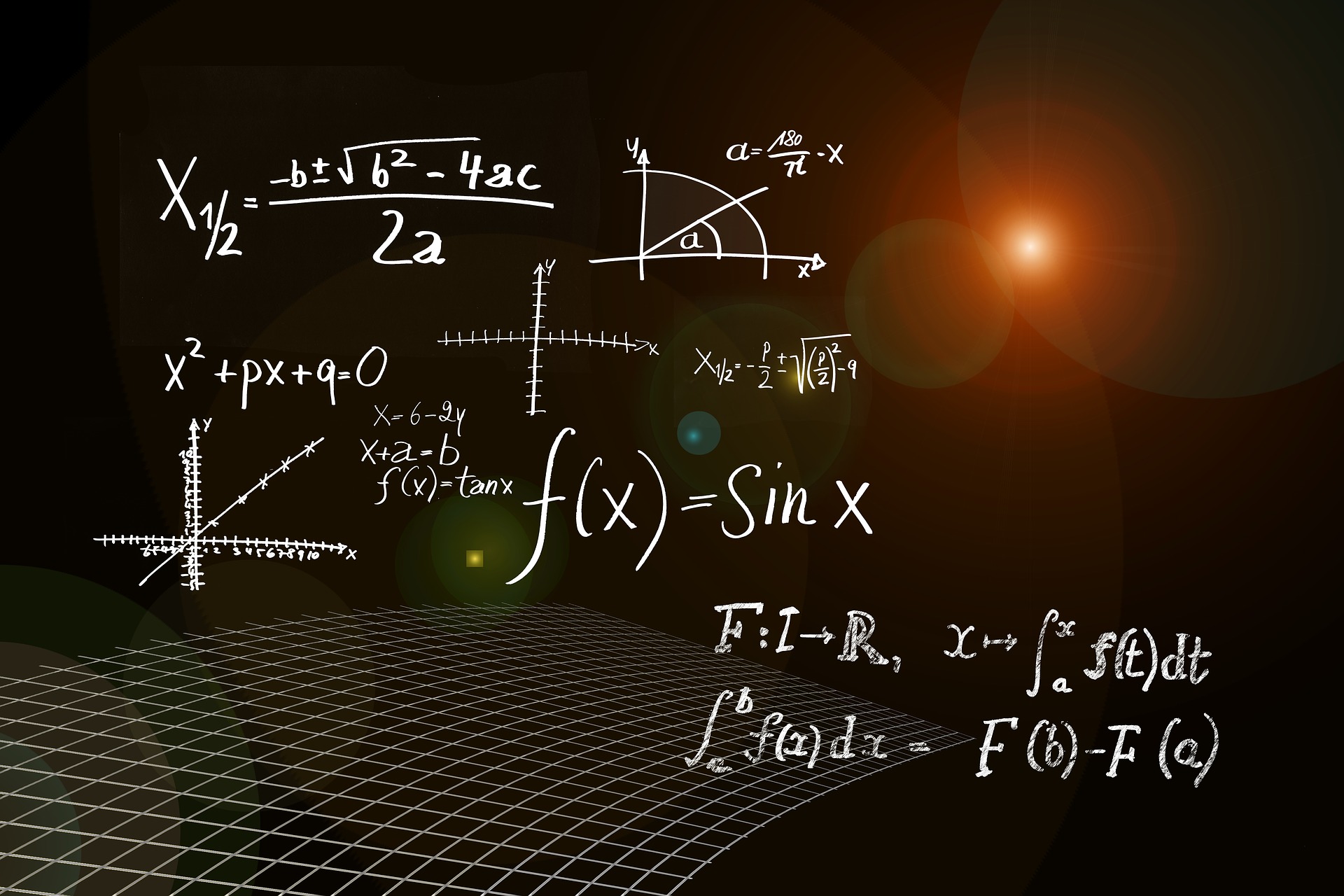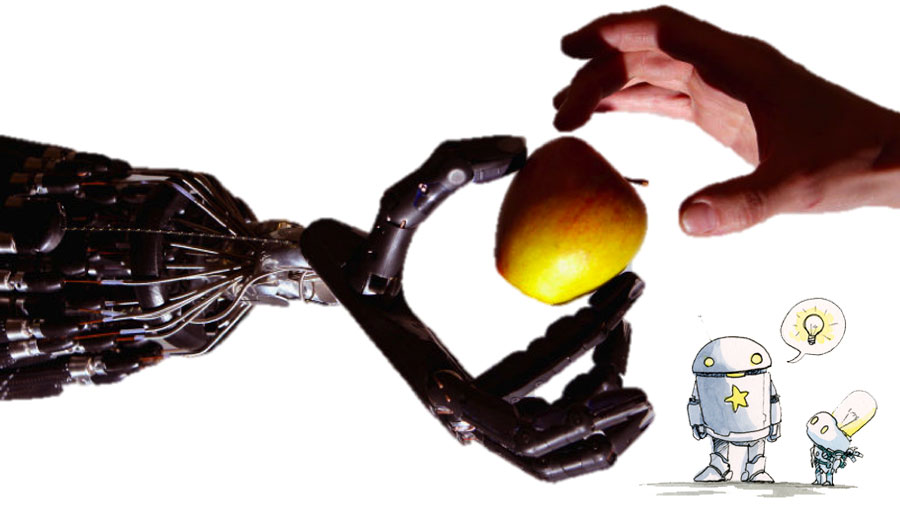ESPLORA IL CATALOGO CORSI
Courses and Pathways in Science
Il corso presenta gli
argomenti di matematica di base necessari per seguire con profitto i corsi di
Analisi e di Matematica comuni a tutti i Corsi di Laurea in materie scientifiche (e.g. Matematica,
Fisica, Ingegneria, Scienze Biologiche, Biotecnologie, …).
Vengono
dapprima riviste le operazioni
algebriche di base sui polinomi e le prime nozioni di geometria analitica nel piano, che comprendono, fra
l’altro le equazioni di rette, parabole, circonferenze, ellissi, iperboli.
Viene quindi introdotto il concetto di
funzione in astratto e vengono poi presentate le funzioni fondamentali che sono usate in Analisi
Matematica: oltre alle funzioni polinomiali, vengono definite e illustrate le funzioni trigonometriche, esponenziali e logaritmiche.
Infine, vengono affrontate le
metodologie che permettono di
risolvere equazioni e disequazioni, sia singole che in sistema, che coinvolgano
tutte le funzioni affrontate durante il corso.
Il link che trovate qui sotto descrive Aleks, un software sviluppato dalla casa editrice McGraw-Hill, basato su un’avanzata intelligenza artificiale, che propone esercizi di matematica basati sulle conoscenze individuali.
https://share.vidyard.com/

This course presents the basic mathematics topics, which are necessary in order to fruitfully follow the Mathematics and Mathematical Analysis courses which are common to all scientific Bachelor courses (e.g., Mathematics, Physics, Engineering, Biological Sciences, Biotechnologies, …).
First, the basic algebraic operations on polynomials and the first notions of analytic geometry in the
plane are reviewed, including, among other things,
the equations of lines, parabolas, circumferences, ellipses, and hyperbolas.
The
concept
of function in the abstract is then introduced and the fundamental functions that are used in Mathematical Analysis are
presented: in addition to polynomial functions, trigonometric, exponential and
logarithmic functions are defined and illustrated.
Finally, the methodologies that allow solving equations and
inequalities, both single and in systems, involving
all the functions covered in the course are addressed.

More specifically, we will describe real world cases in which multiple robots are simultaneously utilized, and we will see how they can coordinate themselves to achieve some common objective. Subsequently, we will see how interface systems can be developed to allow human operators to interact with those robots. Finally, we will describe methodologies for enabling physical human-robot interaction.

- Docente: FEDERICA FERRAGUTI
- Docente: LORENZO SABATTINI
- Docente: VALERIA VILLANI



